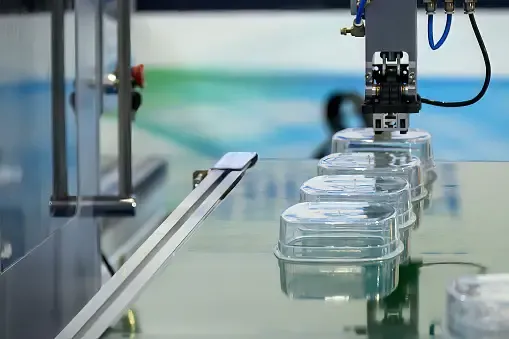Unlock your product's potential with our One-stop solutions!
+86-755-83222882

GET QUOTE
6 Steps for Efficient Injection Molding Process Development
Ever thought about the intricate dance behind flawless injection molding? It's a bit like crafting the perfect recipe – you need the right steps to make it work. Here, we'll break down six essential steps to ensure your injection molding process is not just smooth but also a success.
1. Craft a Consistent, Efficient Process
Think of it like building a house – you don't start with the furniture; you start with a solid foundation. In injection molding, that foundation is a consistent, efficient process. Design your tool around this process, not the other way around. This not only makes your production more efficient but also gets you to the market faster.
2. Maximize Your Injection Molding Window
Size matters, especially when it comes to your injection molding processing window. Don't just focus on dimensions; consider the subtleties that make a difference. Adjust injection speed to counteract splay, and account for material flow direction to prevent shrink issues. A larger processing window means a smoother ride with fewer quality hiccups.
3. Embrace Scientific Molding
Enter the world of scientific molding, where variables are tamed, and processes are fine-tuned. Monitor material viscosity through pressure curves for consistent results. This approach ensures repeatability, saving you time and headaches down the production line.
4. Set the Production Process First
Before tweaking that steel, set the stage by establishing your production process. Many parameters influence part size and characteristics. By dialing in the process before making steel adjustments, you ensure accurate changes for future part processing. Consistency is the name of the game.
5. Mind the Temperatures and Venting
Think of your mold as a finely tuned instrument. Strategically placed vents, cooling channels, and transducers are the keys to a harmonious molding process. Vents change flow patterns, cooling channels regulate temperature, and transducers ensure shot-to-shot consistency. Pay attention to these, and your molding symphony will play smoothly.
6. Functionality First in Initial Sampling
Before committing to the big production process, take a moment to understand your tool's quirks. If the part sticks, polish or add ejection. Prolonged cycles or deformed parts? There might be a hot spot that needs cooling. Evaluate wall thicknesses and address cooling issues. Let the tool's functionality guide your adjustments, not the other way around.
Conclusion
Efficient injection molding is a blend of science and craftsmanship. By understanding your materials, optimizing molds, controlling temperatures, adjusting injection variables, implementing quality checks, and embracing a culture of continuous improvement, you can master the art of injection molding. This not only ensures high-quality products but also maximizes efficiency in your production process.

